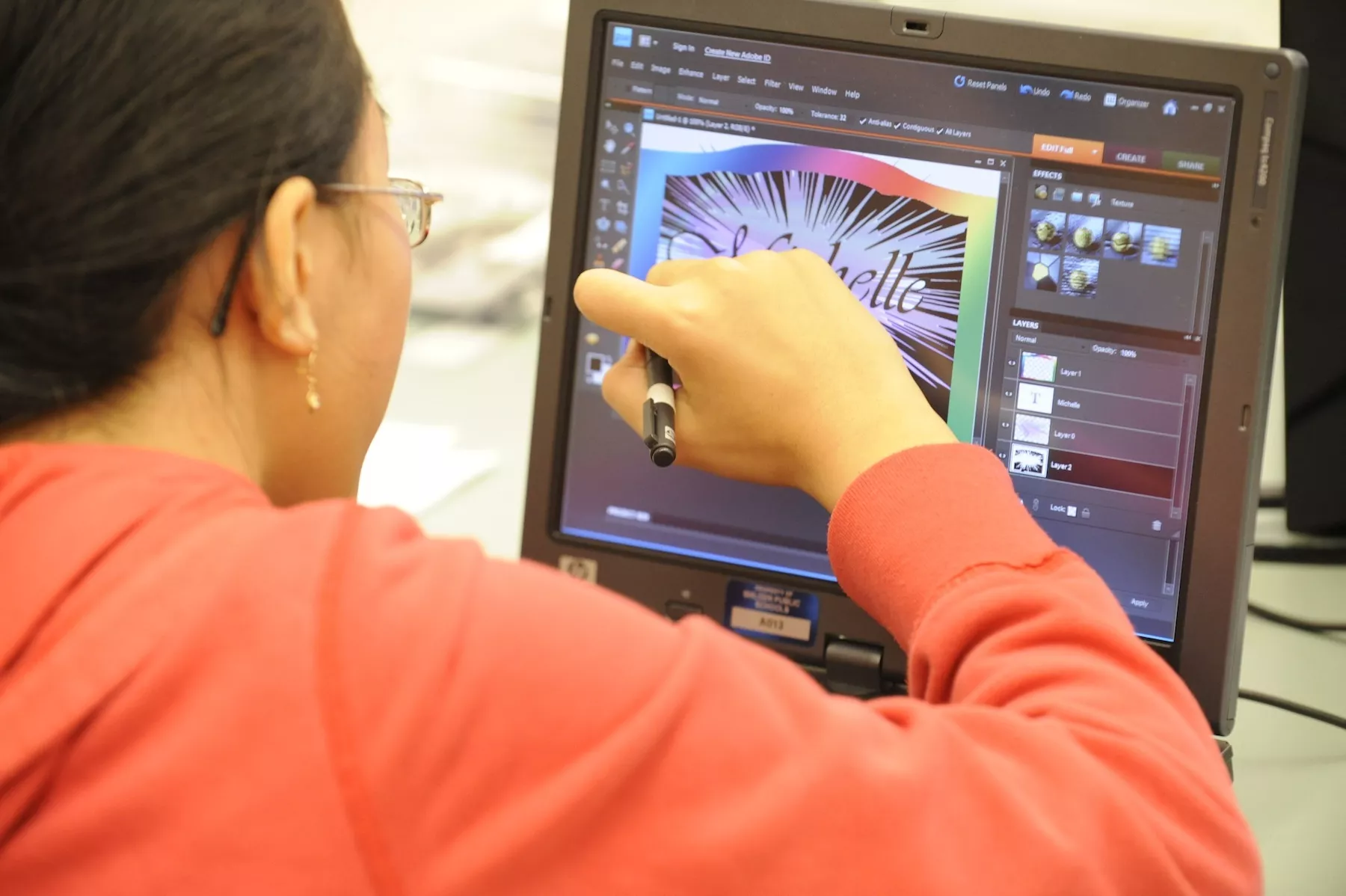These days, students often expect us to pour information and understanding into them, without them having to do the tough stuff—like studying and learning. I expect my students to actively participate, but it isn’t always easy.
Being a 21st-century educator is a tall order. In my 15 years in the classroom, my most important “helpers” are technology, movement, and networking. Here’s why.

1. Use technology to get students interested and involved.
I believe in the importance of face-to-face conversations, but for our students, technology is a major part of the way they communicate and learn. Why not use the mini-computers they carry with them?
I was taught early to make sure I call on all students daily. They like being recognized. Technology helps. Technology allows all students to have a voice and a chance to show what they know.
Here are my technology must-haves:
- Google Docs: Our school uses Google Docs, making it easy to share and collaborate with other teachers and students.
- YouTube
- TES teach with blendspace for lessons
- Quizlet and Kahoot to engage students in learning vocabulary.
- The Remind app to remind students of homework assignments. My students are turning in homework more than ever before! And having a class website makes it easy for my students to find important documents, rubrics, lessons, sites and projects.
Additionally, while using technology is a part of what we do, it shouldn’t be everything. I like using non-technology games from my teacher toolbox for vocabulary and sentence-building, and my students always enjoy it when I bring these games out from time to time. In fact, they’re always asking when we can play them again. It is important to have routines, but also to change things up now and again and have fun doing so with students. If we are excited about the lesson, students will be, too.

2. Movement: Know when to shake things up—literally.
Aside from being a language teacher, I am also a Zumba instructor. And since I teach music as part of the Spanish culture, I do “brain breaks” with simple dance moves for salsa, merengue, cumbia and more to get students out of a slump and get oxygen flowing to their brains.

3. Connect with others in our profession to stay encouraged.
Connecting with other educators to share and collaborate helps ensure our success. We can of course do this face to face or in curriculum groups, but we can also stay in touch via Twitter (you can reach me at Project Spotlight @edspotlightdiv or @MountainsTeresa) and other social networks.
I found that being involved in the Teacher Leadership Initiative this past year helped me connect with excellent teachers across my state and our nation. I also stepped up to take on more leadership in the Billings Education Association (I am a director at large), went to Jump Start training to start the process for National Board Certification and attended AP training for Spanish.
You are the company that you keep, so reach out to other like-minded professionals who are always learning and trying to stay positive.
The first couple of years for the 21st-century educator can be stressful, but also rewarding. Each year, you will get closer to becoming a master teacher. Always believe that each of your students can and will succeed. Best wishes in your teaching journey, for it truly is a calling.


